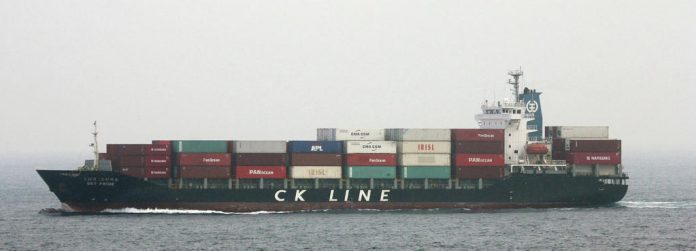South Korea-Japan container rates, a major revenue source for South Korean feeder operators, have held up relatively well, due to strong discipline among the operators, according to the Korea Near-Sea Freight Conference (KNFC)
Amid the quiet period following the Lunar New Year and the Covid-19 outbreak, cargo volumes were down by 9% in February compared to the same month in 2019. This saw South Korean liner operators reducing their freight rates in March, with the rate ceiling hovering at 86% of ideal levels. This rate ceiling was the lowest since the global financial crisis in 2009.
Considering that March is the peak period for container shipments between South Korea and Japan, due to the beginning of spring, the ceiling reduction reflected the liner operators’ pessimism.
However, as the pandemic worsened, resulting in market uncertainties, it appeared that the liner operators decided on rate discipline, avoiding a price war in order to maintain profitability.
The KNFC said that for April, the rate ceiling was up to 91%, which was 12% higher than in the same period last year. For May and June, KNFC is targeting a ceiling of 89%-90%.
Information from the Ministry of Oceans and Fisheries shows that, based on shipments to major Japanese ports like Yokohama and Kobe, South Korea-Japan container freight is around US$150/TEU, and the US$170 bunker surcharge is strictly enforced.
Drewry’s senior manager for container research, Simon Heaney, told Container News that carriers are much more agile in terms of capacity management than they were during the global financial crisis.
He said, “This has helped to prevent a collapse in spot rates as carriers have been quick to reduce capacity on a week to week basis via blank sailings.”
Martina Li
Asia Correspondent







